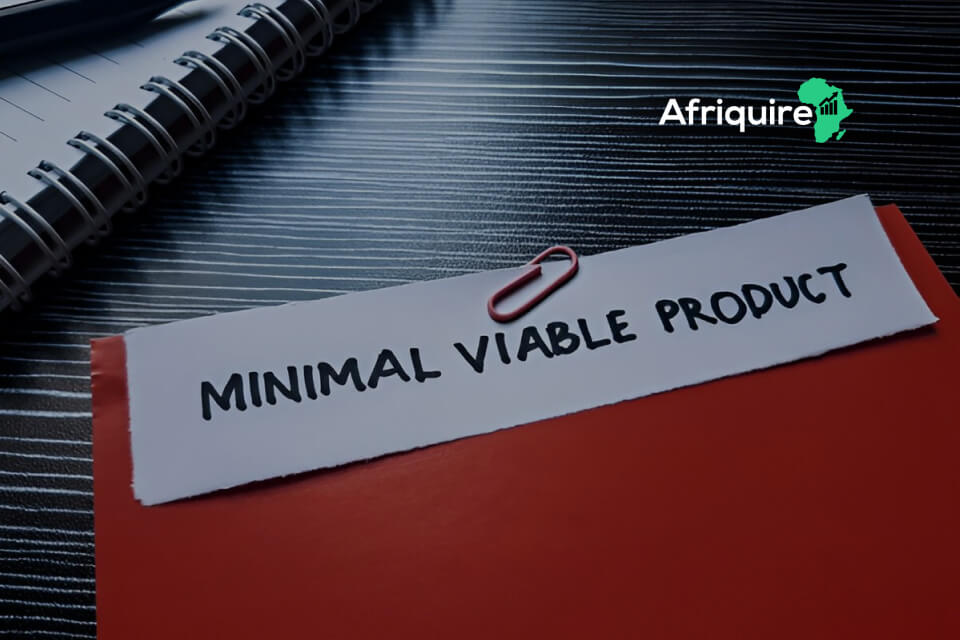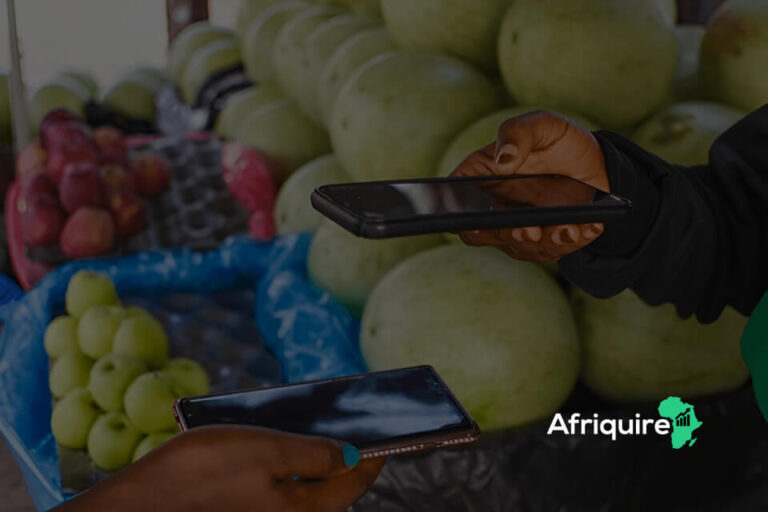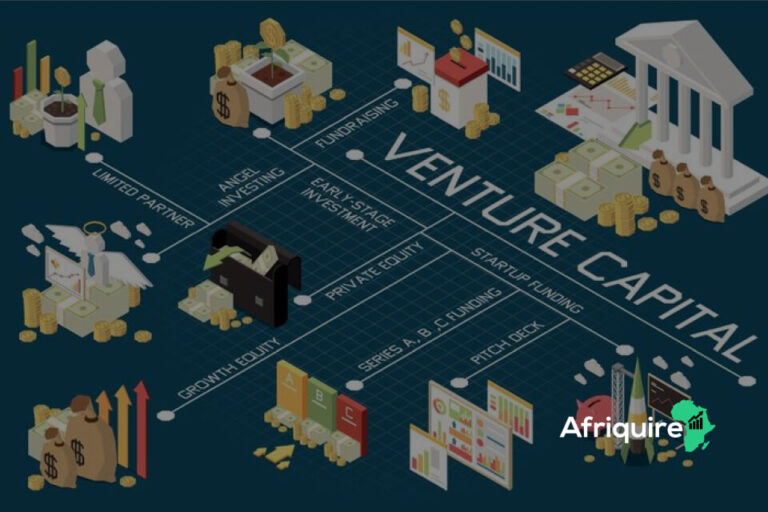Introduction
Learning how to develop a minimal viable product (MVP) is one of the smartest moves for startups and entrepreneurs in Africa. It helps you build something that works, test your ideas, and impress investors without spending too much money. These days, many people have big ideas, but not everyone has big money! That is why knowing how to create an MVP gives you a serious advantage.
With the right MVP, you can quickly show that your idea is useful and needed, even if your resources are limited. In this guide, you will learn what an MVP really is, why it is important for validation, and some common myths that confuse many entrepreneurs.
Understanding MVP
What Is An MVP
A minimal viable product (MVP) is a simple version of a new product or service. It only has the most important features – the ones your users need to test and use. Your MVP does not need to be perfect or fancy. Instead, it should solve a real problem with the least amount of money, time, and effort.
For example, your MVP could be a simple website, basic app with one main function, or even a manual service you plan to automate later. The main purpose of an MVP is to get your product into the hands of real users, collect feedback, and learn what works before spending too much money or time.
A good MVP should help you answer three key questions:
- Do people actually want or need this product?
- Which features do users care about the most?
- Is this idea strong enough to turn into a real business?
With your MVP, you stop guessing. Instead, you watch how real people interact with your product and use that information to improve it.
Why MVP Matters For Validation
Creating an MVP is about proving that your idea can survive in the real world. Many startups fail because they build full products that nobody wants.
Starting with an MVP lets you test your ideas in real markets, talk directly to your first customers, and get feedback quickly.
If people like it, you know you are on the right track. If not, you haven’t wasted your entire budget, and you can adjust or change your solution.
An MVP also gives you proof to show investors. It shows that your idea is not just nice on paper – it actually works. This is important if you want to attract funding and learn how to structure a venture capital deal. Many investors prefer businesses that have a working MVP and evidence that customers are interested.
Common Misconceptions About MVP
Many myths about MVPs confuse entrepreneurs.
First, some people think an MVP must be rough or broken. This is wrong. An MVP must solve a clear problem, but it doesn’t need every feature.
Second, some founders believe that after launching an MVP, their job is done. Actually, launching is only the first step. You must use feedback to improve, build relationships with customers, and keep developing your idea.
Finally, some think MVPs are only for tech startups. In reality, almost any business can use an MVP (from hair salons to education platforms)
Remember, how to develop a minimal viable product is about proving your idea fast and cheaply, not making it perfect on day one. African startups who learn this can move fast, impress investors, and reduce risk. Focus on feedback, challenge the myths, and give your big idea the chance it deserves!

Low Cost Approaches To Building An MVP
If you want to know how to develop a minimal viable product (MVP) without spending too much, you are in the right place. In Africa, where resources are tight, it makes sense to use low-cost strategies. Here’s how to do it!
Using No Code Tools
No-code tools are perfect for African entrepreneurs who want to develop a minimal viable product quickly and cheaply. Even if you do not know coding, these tools help you build websites, apps, and more.
Website Builders
Platforms like Wix, WordPress, and Webflow let you create functional websites using drag-and-drop. You do not need a web developer or coding knowledge. With this, you can build a landing page or simple website to show your product, collect emails, or make sales even before launching the full product.
Automation Platforms
Tools like Zapier or Integromat can automate boring tasks for your MVP without coding. For instance, you can send welcome emails automatically, collect form submissions, or connect your website to spreadsheets. This saves time and lets you focus on improving your product.
App Prototypes Without Coding
If your idea is an app, tools like Bubble or Adalo help you make clickable prototypes. Users can interact with your app and give feedback. Prototypes are cheap and fast, helping you check if your idea is useful. Good feedback means you can later build the real product with a developer.
Leveraging Hackathons
Another clever way to develop a minimal viable product is by joining hackathons. These are events where people come together to create solutions in a short time, usually 24–48 hours.
Finding Local Or Online Hackathons
Many free or cheap hackathons happen in Africa and online every year. Universities, tech hubs, and business communities often organise them. Some even provide free resources, mentors, and small start-up funds for winners.
Collaborating With Developers And Designers
Hackathons bring together developers, designers, and business experts who want to work on real projects. You can find partners, get feedback, and maybe even meet a future co-founder or investor. This is a smart way to start building relationships early.
Rapid Idea Validation
The best part is speed. You have only a few hours or days to turn your idea into something usable. At the end, you pitch your MVP, get real feedback, and attract attention from investors.
Tapping Into Student Talent
African universities are full of creative students ready to solve real problems. Working with them is a low-cost way to develop a minimal viable product.
Partnering With Universities
Reach out to local universities, innovation hubs, or high schools. Many schools are happy to link students with entrepreneurs for internships or project partnerships. This is a win-win: students gain experience, and you get help at little or no cost.
Offering Internships Or Project Credits
You can offer internships or let students work for course credits. You may not pay a salary, but they get real-world experience. At the same time, you get fresh ideas and maybe future team members.
Benefits Of Fresh Perspectives
Students bring energy and new ways of thinking. They might spot problems or opportunities you never saw. This creativity is valuable if you want to overcome challenges and attract investors.
Practical Prototyping Methods
Knowing how to develop a minimal viable product (MVP) can open many doors in business, even when money is tight. For African founders with big dreams but small budgets, practical MVP methods help you start quickly and smartly. Here are some proven ways to build an MVP on a shoestring budget.
Paper And Clickable Prototypes
The easiest way to show your idea is with paper prototypes. You can sketch your app or product screens on paper to show the user journey. Then, act out how the service works and watch people’s reactions. This method saves money because you don’t need to code or hire designers at this stage.
If you want to go a step further, free online tools like Figma or Marvel let you make clickable prototypes. Users can interact with your idea on their phone or computer, clicking buttons and moving between screens as if it were real.
This approach is not only cheap but also fast to update as you get feedback. When learning how to develop a minimal viable product, getting real opinions from people is gold. You will see what works, what confuses, and what people really like before spending big on development.
Landing Pages For Demand Testing
Another simple method is a landing page. This is a one-page website that explains what your product does and asks people to sign up for early access or updates. You can make one using free builders like Wix or WordPress, even if you don’t know how to code.
The page should clearly show your product features, benefits, and maybe a short explainer video. After launching it, share it on social media or WhatsApp groups to see if people click, sign up, or ask questions.
A landing page helps you measure real demand. If many people show interest, it’s a good sign to keep going. If nobody cares, it’s a warning to rethink your idea. Testing demand early is an essential step in learning how to develop a minimal viable product.
Wizard Of Oz Method (Simulated Automation)
The “Wizard of Oz” method is clever. You make your MVP look automatic, but behind the scenes, humans do the work. For example, your website might let users request a service, but you complete their request manually. From the user’s side, everything feels smooth.
This method is perfect if you can’t afford to build full automation yet. You will see how real users interact with your solution, and you can quickly improve it. After understanding their needs, you can slowly add automation. This approach also helps you adapt fast, which is important for surviving the challenges of raising venture capital and building investor relationships.
Pre Orders And Email Signups
Pre orders and email signups are more than just collecting contacts; they show that your idea can create real action. On your landing page, encourage people to pre order or leave emails for updates. You can even have a “Buy Now” button to collect payments, even if the product isn’t ready yet.
If people are willing to give money or share their details, it proves there is demand. This is a strong signal for investors interested in how to develop a minimal viable product and also gives you early feedback on pricing or product features. Early supporters can become loyal fans and help you grow faster when you are ready to scale.

Testing And Collecting Feedback
Learning how to develop a minimal viable product (MVP) is all about testing ideas and collecting feedback. Especially when money is tight, this step can save you lots of naira and time. If you do it the right way, you can find out what people really want and avoid wasting resources. Let’s look at how to do this wisely and smartly.
Engaging Early Users
First, you need to talk to early users. Once your MVP is ready, share it with friends, family, or a small group of people who are like your target audience. These people are the best to give honest opinions quickly. Tell them clearly that you want their feedback. Ask them what they like, what confuses them, and what they would change.
You can also join online communities like African innovation hubs, WhatsApp groups, and social media platforms to find early users. Try informal interviews, polls, or even ask for voice notes if writing feels too formal. This method is very effective because feedback comes fast, letting you improve quickly.
Remember to thank your early users for their time and ideas. Show them that you are listening and willing to make changes. This keeps them motivated and can turn them into your first loyal customers or brand supporters. Building these relationships early is very important for your MVP journey.
Running Low Budget Ads
Next, try low budget ads to test your MVP with a bigger audience. Platforms like Facebook, Instagram, and Google allow you to experiment for very little money. You don’t need fancy graphics, just a clear message and a call-to-action.
Start small, and see how many people click your ad or try your product. Watch which ads perform best, who is responding, and how people interact with your MVP. Use these insights to improve your offer and ads. Over time, you can increase the budget, but only invest in ads that give real feedback or users.
Running low budget ads is a smart way to validate your business idea without spending too much. You will understand which markets are interested and how to structure deals if you want investors later. Smart advertising lays the foundation for scaling up and attracting bigger funding.
Using Free Analytics Tools
Finally, free analytics tools help you understand how people use your MVP. Tools like Google Analytics, Meta Insights, Hotjar, or WhatsApp Business Analytics let you see who visits your page, which features are popular, and how long people stay.
Analytics show what works and what needs change. You can make updates quickly instead of guessing. Look at which pages people visit most, what they ignore, and why some leave without using your MVP. Then, ask users for feedback on changes. This brings you back to engaging early users.
Analytics also build credibility. Showing proof of market interest and user engagement can impress potential investors. It proves that people care about your MVP and that you know how to manage it.
Stretching Your Resources Further
Developing a minimal viable product, or MVP, might sound difficult, especially if you have very little money. But, it is possible. When funds are tight, every naira matters, so knowing how to stretch your resources becomes very important. Here are some ways to do that.
Bartering Skills And Services
One smart way to save money while building your MVP is to barter your skills with other people. For example, if you are good at marketing, programming, or design, you can offer your skills in exchange for someone else’s help. Maybe you need app development or someone to test your product.
Bartering does not just save money. It also builds a network of people who care about your project. You might find a developer who needs marketing advice or a designer who wants business guidance. This way, both sides benefit, and you can develop your MVP without paying huge amounts.
Crowdsourcing Ideas And Support
Another way to stretch your budget is to use crowdsourcing. This means you ask a group of people to help you in different ways. They can give ideas, provide feedback, or even help with small tasks. Social media groups, online forums, and communities are perfect for this. You can also involve friends and family. They might support you by funding, promoting, or testing your product.
Early users can give honest opinions, which helps you improve your MVP before spending big money. Crowdsourcing brings many ideas and energy, helping you make your product better while keeping costs low.
Open Source And Freemium Tools
Luckily, many tools you need to build an MVP are free or very cheap. Open source software allows you to use and even change the code without paying fees. For example, WordPress is great for building websites, and GitHub is perfect for sharing code. Freemium tools also help—you get a free basic version, and only pay if you need advanced features. These tools include design software, project management apps, and analytics tools. Using these smartly lets you create a professional MVP without spending too much.

Frequently Asked Questions (FAQs)
1. What is a minimal viable product (MVP)?
A minimal viable product is the simplest form of a product that solves a problem or meets a need.
2. Why should I build an MVP first?
Building an MVP helps you test your idea with real users before spending lots of money. It saves time and reduces risks by showing what works and what needs to change.
3. Can I develop an MVP on a shoestring budget?
Yes! You can start with simple tools, use free or low-cost platforms, and build a basic version. You don’t need fancy tech or lots of money at the beginning.
4. How do I get feedback on my MVP?
Share your MVP with a small group of users or customers, ask questions, and observe how they use it. Online surveys, interviews, and user testing are great ways to collect opinions.
5. What if users don’t like my MVP?
That’s part of the learning! Use the feedback to improve your product. An MVP is meant to help you adjust and grow to fit what users really want.
Conclusion
In conclusion, learning how to develop a minimal viable product (MVP) is a smart way to start your business journey, especially if your budget is small. An MVP helps you test your ideas in the real world without spending too much money or time. First, you focus on the most important features that solve a problem for your target users. Then, by gathering feedback, you understand what works and what needs to change. This process helps you create a product that customers really want.
Remember, an MVP is not your final product. Instead, it is a stepping stone to make something better. It lowers risk, saves resources, and can even attract investors by showing that your idea has potential. Also, with the right approach, developing a minimal viable product can open doors to success in your business journey.




1 thought on “How to Develop a Minimal Viable Product (MVP)”
Your blog has quickly become my go-to source for reliable information and thought-provoking commentary. I’m constantly recommending it to friends and colleagues. Keep up the excellent work!